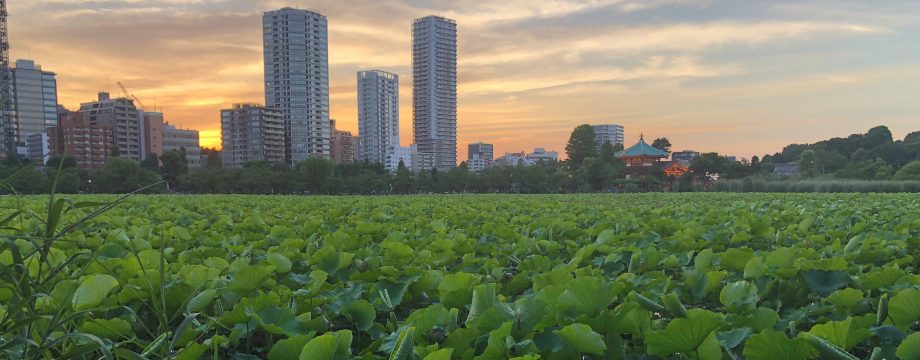In the past two weeks, the artists arrived and went straight into creating art. However, there is an added level of complication, as they also can partake in the annual Onishi music festival, which takes place a mere two weeks after their arrival.
Before coming to the residency, most of the artists chose to come during this session partially because of the festival and the opportunity it provided. It is a once in a lifetime opportunity to learn to taiko drum and wear an official taiko costume on top of a neighborhood shrine during an annual festival. This is not an opportunity that is often open to people outside of the city, let alone people outside of the country. But my boss, Kjell, has such a good connection with the local community, that one of the neighborhoods, Aioicho, allows all of the artists that want to take part to help out however much they would like.
For some artists, that means diving in 100%: learning the drum pattern, pulling the shrine, and going to all of the parties. But this is first and foremost an art residency, so if the festival is going to distract from an artist creating the best work they could in this environment, they might opt to participate a little less. They can still come to all of the parties, learn a simpler part of the drum pattern or just help pull the shrine. There are also many opportunities to help, whether that be clean the shrine before or help clean up after.
The music festival is composed of five different neighborhoods that each have a shrine and slightly different taiko patterns, although some are the same. The five neighborhoods are aioicho, naka machi, kami machi, moto machi, and misugicho. Onishi is a very small city already, so each neighborhood includes all of the people in the houses surrounding it, as well as all of the businesses. Aioicho has lucked out because our location means we have Tenguya and Takarazushi in our neighborhood, the local noodle and sushi restaurants. Needless to say, the free meals and parties have incredible food.
So as soon as the artists arrived, we talked to them about the festival and how much they wanted to participate. Day one, most people wanted to participate as much as possible…and then we started practicing. We, luckily, only have one of the songs to learn.
As I have stated before, taiko is not something I consider easy to learn, especially if you are raised with a structured musical routine of sheet music or repetition. The hand movements are extremely specific, and after the beat, you have to raise your hands up to have your sticks cross (ideally). Knowing this going in, the artists started off going slowly and learning only the simple part of the song. But then, day 2, the rest of the song was taught, and a teacher from aioicho came to help them learn. However, he does not speak the best of English and the teaching methods for taiko seem to be straightforward. You repeat the pattern until eventually you get it right. There is no breaking it down or explaining WHAT is wrong or HOW to do it better, there is just an endless repetition until eventually you get it.
For most of the artists, this worked. All of the artists went to official practice at the community center that night, however, and it was a lot to take in. To ease the transition into learning, Kjell had created the ‘sheet music’ that I was talking about. But no one at the community center uses it. So they ask the artists to get up on the drums to play, and most of them play with their faces plastered to the sheet or just end up confused the entire time. Because it is day ONE! There is no way they were going to have this memorized or perfect.
To be clear, the community members also do not expect the pattern to be perfect. They know who comes to practices, and if it is your first time, you can make as many mistakes as you want. It is about having fun. But for most of the artists, who are also dealing with adjusting to a new culture and the fact that in the community center everyone will talk to them in Japanese, they were pretty down after the first practice.
The second practice is when I decided to help out some members that I saw were struggling a little more than the rest. I could see them getting visibly frustrated, and my goal was to keep as many artists interested in the festival as possible. So I did a couple individual taiko lessons for two members. They were good at taiko!! But the method of repetition until suddenly it clicks was not an effective method, and I completely understand that. By sitting down one on one, we were able to go slower than the rest of the group and figure out where the trouble spots were and diagnose WHY there was a problem. For example, when there were groups of three in the music, they were both understandably making them into triplets. But in the pattern, the first note is twice as long, about equivalent to a quarter and two eighth notes. Or they were using the left hand instead of the right. Slowly but surely, we were able to build the confidence back up to where they could join the group and feel that they could keep up.
I felt quite honored to be able to teach taiko. I was still learning and perfecting taiko myself, so every day was a bit of a team learning situation. But it was nice to step back into the music side of things and get back to what I feel good at, music.

